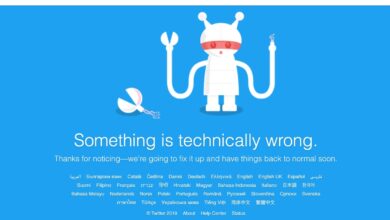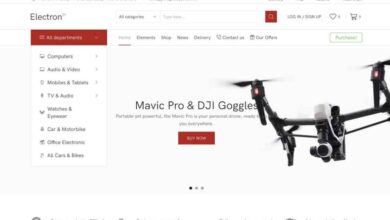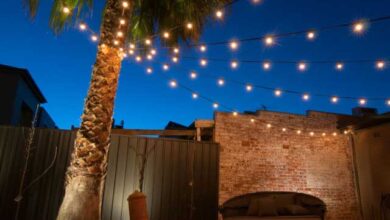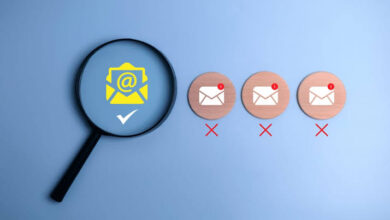How to Start with Real Estate Email Marketing
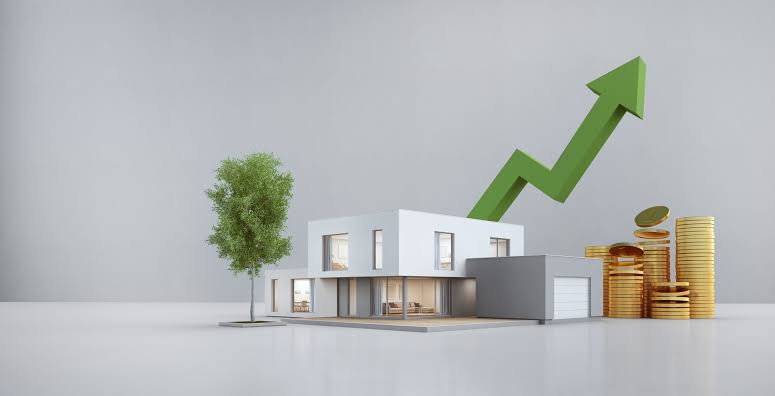
Getting into real estate email marketing might sound overwhelming, but it’s one of the highest-ROI ways to stay top-of-mind with buyers and sellers. Whether you’re starting from zero or revamping what you’ve got, a smart email strategy helps you convert leads, close more deals, and stay in front of your leads without burning out.
Here’s how to get started (plus a few email ideas you can steal).
Step 1: Choose the Right Email Platform
Not all email tools are designed with real estate in mind. You don’t just need beautiful templates. You need automation, performance tracking, and easy ways to segment your audience.
Look for a platform that offers:
- Real-estate-specific templates (think listings, open houses, and market updates)
- CRM integration so you can automate based on actions like sign-ups or bookings
- Audience segmentation by location, buying stage, or price range
- Tools to improve email deliverability to avoid the spam folder
- Easy-to-use dashboards for agents and marketers alike
And if you’re not tech-savvy, strongly consider an email marketing platform’s customer support reputation.
For large real estate brokerages, a white label email marketing platform would allow marketing email platform as your own, while charging usage fees.
Step 2: Build and Segment Your List
Skip the temptation to buy email lists — those usually tank your deliverability and engagement.
Instead, grow your list with intent-based opt-ins:
- Sign-up forms on your website and listing pages
- Open house RSVPs and in-person events
- Home valuation tools
- Free resources like buyer/seller guides or neighborhood spotlights
Then, segment your list so your emails feel personal and relevant. Start with basic groups like buyers, sellers, and past clients. From there, go deeper: price range, zip code, or where they are in the journey.
Step 3: Plan a Few Simple Campaigns
Once your list is ready, you need a campaign, and yes, you can keep your emails fairly simple.
Here are a few foundational emails to build your first sequences:
- New Listing: Feature a fresh home with standout details, great photos, and a “Schedule a Tour” button.
- Open House Invite: Tease 2–3 photos and create urgency with a call to RSVP.
- Just Sold Nearby: Share a quick win to attract nearby sellers (“See what your neighbor’s home sold for”).
- Welcome Email: Introduce yourself, explain what to expect, and offer helpful links like a buyer checklist.
- Market Update: Send local insights that help buyers and sellers make decisions — think inventory trends or price shifts.
Start with 1–2 emails per week for active leads. For long-term nurture, aim for once or twice a month. For past clients, seasonal check-ins with helpful content (like a fall maintenance checklist) work well.
Step 4: Write Like a Human, Not a Brochure
Great emails sound like a trusted local expert having a conversation.
A few quick tips:
- Use clear, curiosity-driven subject lines (“🏡 Just listed: A kitchen you need to see”)
- Keep your paragraphs short and skimmable
- Add one clear CTA per email (“Book a showing” or “Request a free home valuation”)
- Include your name, photo, and contact info to build trust
- Use merge tags to personalize with first names or neighborhoods
And always test. Pay attention to open rates, clicks, and replies. Then refine based on what gets the best response.
The Takeaway
You don’t need a 20-email funnel to get started. Just a clear message, a smart list, and a few strong templates can set you apart.
Start small. Stay consistent. And let your email marketing quietly turn your leads into closings while you stay focused on selling.
